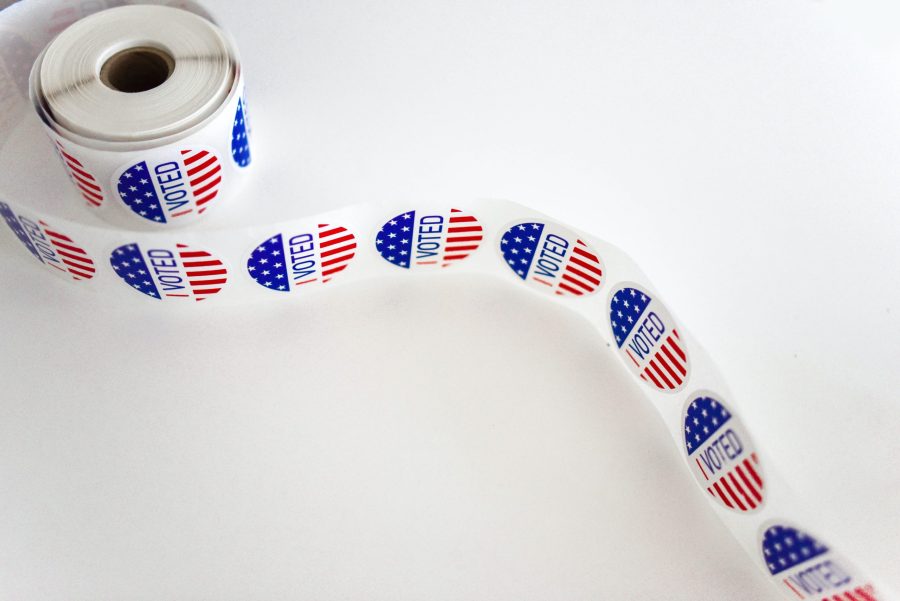It is nearly impossible not to know that smoking has adverse health effects. According to the Centers for Disease Control and Prevention, health complications from cigarette smoking cause about one in five deaths in the U.S. annually — adding up to more deaths than those caused by HIV, illegal drug use, alcohol use, motor vehicle injuries and firearm-related incidents combined. Anyone who’s had an American elementary school experience in the past 20 years knows that cigarettes are basically cancer slipped into a smooth cardboard box. The CDC has also reported that youth smoking rates have stagnated over the past five years.
Enter: e-cigarettes. With sleek names, like Virgin Vapor and VaporFi, and flavors ranging from “classic tobacco” to “blackberry Italian cream soda,” e-cigarettes have begun to abandon their original roles as cigarette substitutes and are now directly targeting youth without the hindrances of government regulation. VaporFi touts that they serve “the ever-growing and passionate vaping community” — catering to everyone from “vaping newbies” to “the most experienced vapors.”
“Vaping” has not only developed as a subculture among former smokers but it has also become more prevalent among high school students. The Sacramento Bee reported that in three years, e-cigarette use among kids has gone from 4.7 percent of all high schoolers to 10 percent, and now up to 16 to 17 percent of juniors and seniors use them. Anti-tobacco advocates, including the American Lung Association, have expressed concern that e-cigs — with their candy flavors and freedom from regulation — are increasingly being used to hook kids on nicotine and keep big tobacco companies in positions of power.
However, regulation of e-cigs may require a more nuanced approach than anti-tobacco groups are willing to take. Lumping e-cigs in with all other tobacco products could extinguish any hope of a positive effect on the tobacco market. Although conflicting evidence exists concerning whether or not they possess harmful chemicals, and much is unknown about the health effects of their long-term use, e-cigs are — without a doubt — much healthier than smoking real cigarettes, and they have helped individuals quit or at least stay away from a more harmful form of nicotine addiction. The CDC reported that e-cig use among American smokers more than doubled from 2010 to 2011. As a product, e-cigs have the potential to replace traditional cigarettes with a healthier alternative. Still, they also have the potential to act as a gateway drug to unhealthier tobacco products. The fate of e-cigs unfortunately seems to lie in the hands of businessmen and bureaucrats.
While many health groups such as the American Heart Association support the Food and Drug Administration regulation of e-cigs, they are wary of this regulation being dominated by major U.S. cigarette manufacturers. Many of these companies could promote use of both conventional cigarettes and e-cigs or convince those who only vape — particularly young people — to begin using conventional cigarettes, as well, “thereby increasing rather than [reducing] nicotine and tobacco addiction.”
UCSD’s tobacco-free, smoke-free policy not only bans the sale and advertising of tobacco products, it also outlaws the use of all tobacco and unregulated nicotine products, including e-cigs. The official UC system position on e-cigs runs: “Until the proper studies have been completed and the effectiveness and safety of e-cigarettes is fully understood, the University of California [system] bans their use.” This is similar to the policy proposed in Senate Bill 140, which more or less redefines e-cigs as a tobacco product. While this policy might be appropriate in a university setting, taking such a hard line on a larger scale might result in e-cigs losing their momentum entirely and falling out of the market or into the wrong hands in the marketplace.
The fact that big tobacco companies are beginning to invest substantially in e-cigs is both hopeful and foreboding. It could either be reflective of an eventual transition away from traditional cigarettes entirely or completely alarming if they are merely using the opportunity that e-cigs present to get youth hooked on nicotine. The bottom line is that these companies will almost undoubtedly make the moves that will garner the biggest profits. Because big tobacco companies have spent millions lobbying to stifle smaller e-cig vendors and prevent their entry into the market, it seems that the concerns of groups like the AHA are not at all unfounded. If big tobacco gains and maintains control over the e-cig market and are then slapped with mega-tight regulations, e-cigs can lose their value as an investment, leading big tobacco to stick to the highly carcinogenic tried-and-true cigarettes and let small e-cig vendors to take a potentially fatal hit.
So, what is the appropriate way to regulate e-cigs? A healthy policy takes into account both the dangers and the realities of the situation — it requires viewing e-cigs as neither a virtue nor a vice but as a product. The focus should be trained on keeping e-cigs and e-cig marketing away from young people and nonsmokers. It should also press for more extensive research into the effects and components of e-cigs and demand more overall transparency in the market. However, to treat e-cigs like real cigarettes by banning them in public places (even though they can’t cause second-hand smoking) and forbidding them from advertising (even if targeted toward existing smokers) is not practical or intuitive and might, in fact, give traditional cigarettes a permanent upper hand.





